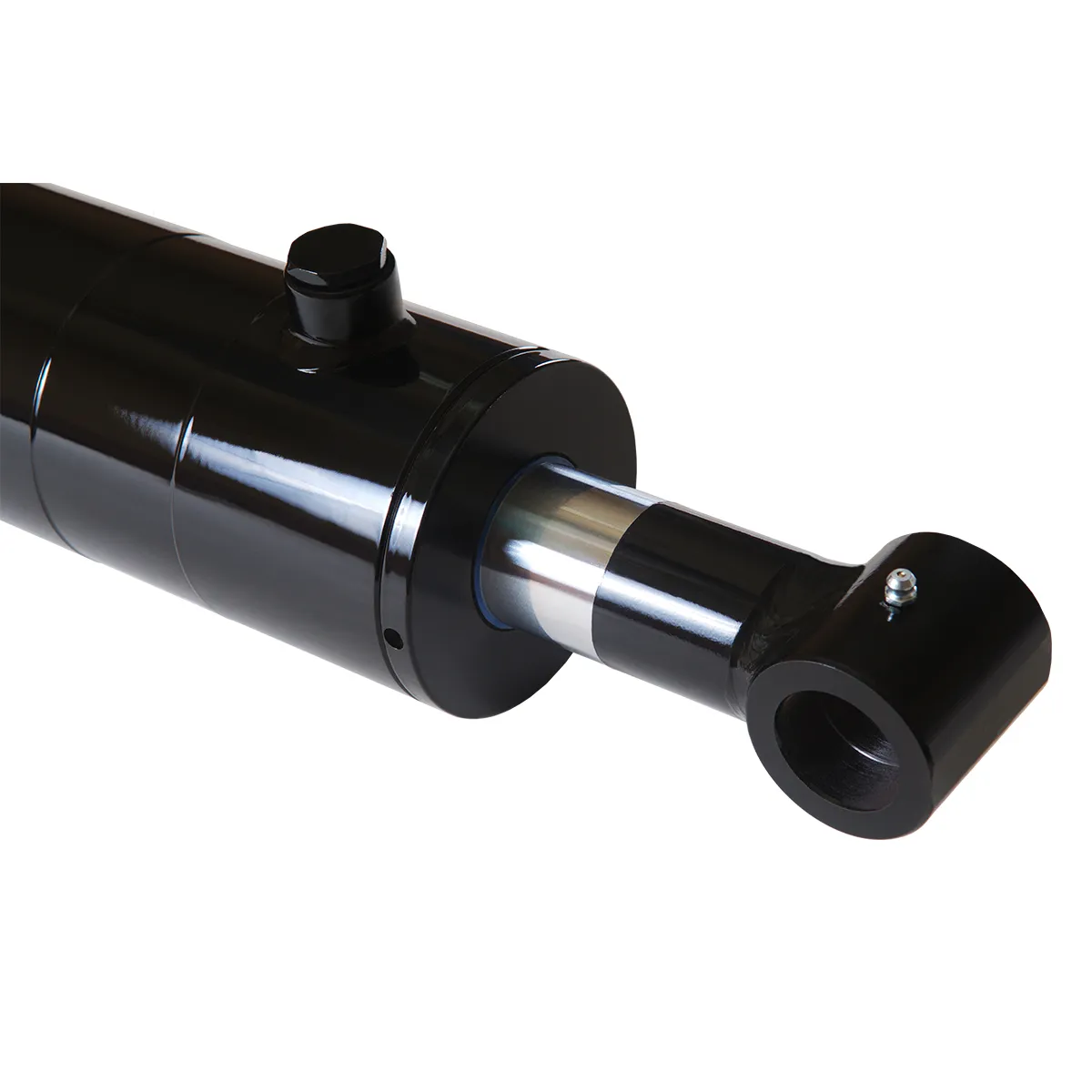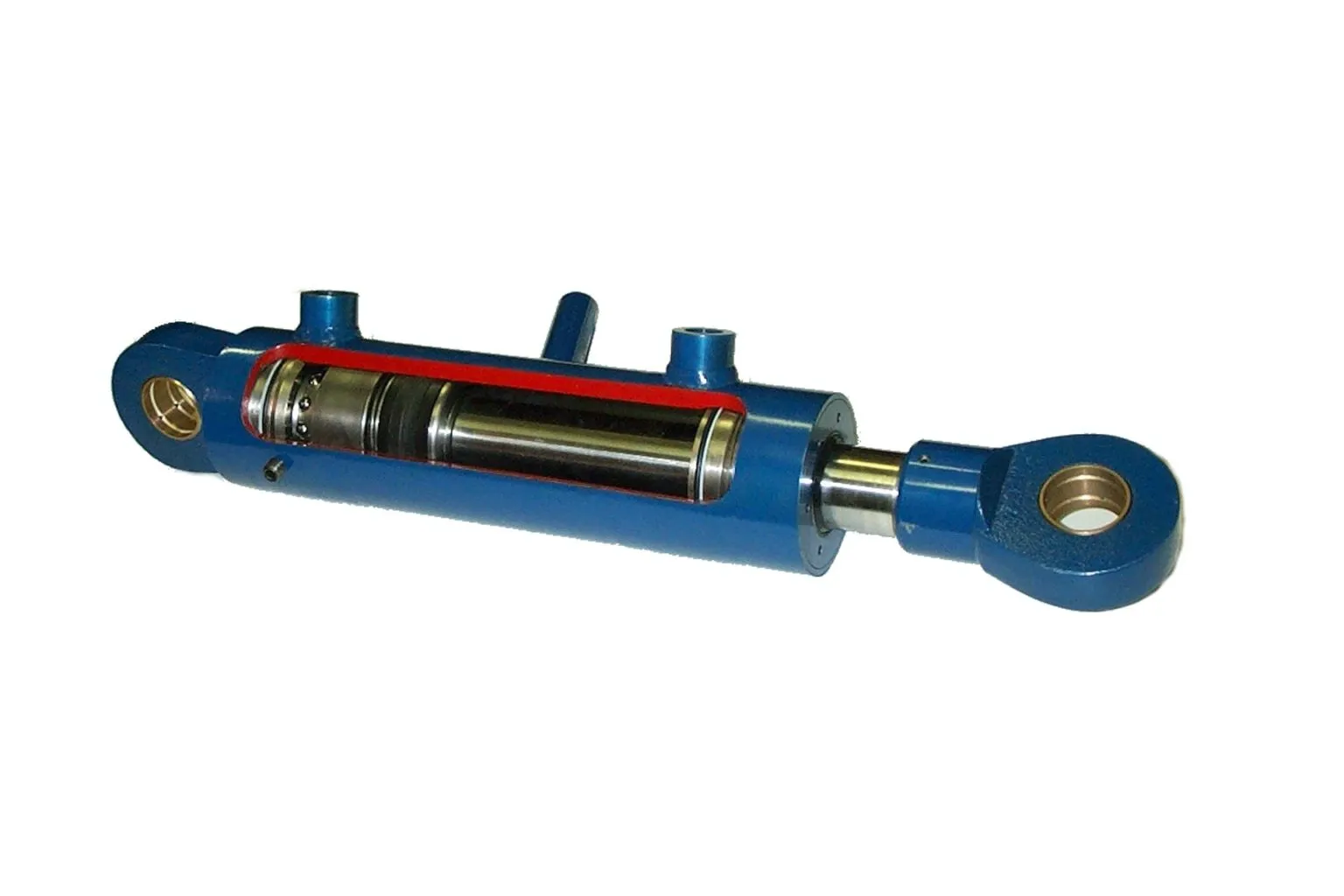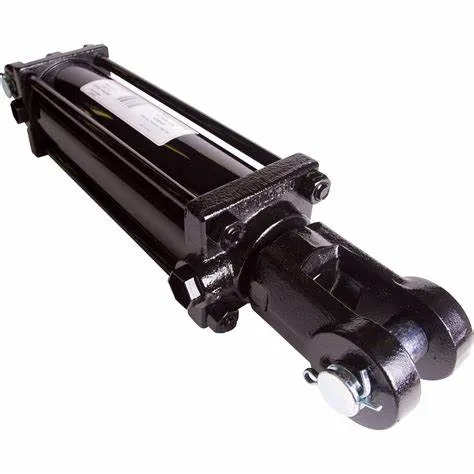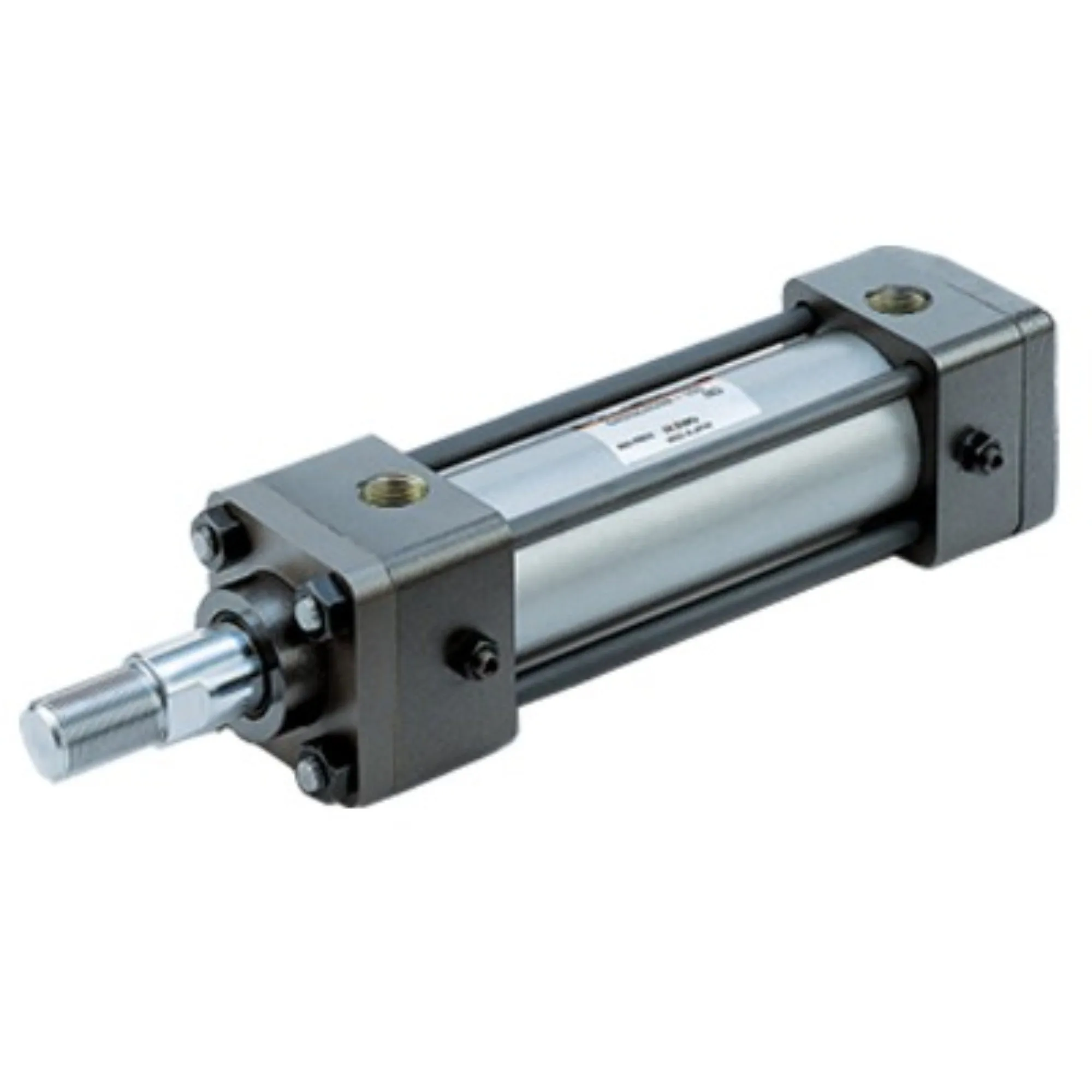The Role Of Telescopic Single-Acting Hydraulic Cylinders In Disaster Recovery Operations
Introduction
Telescopic single-acting hydraulic cylinders play a crucial role in disaster recovery operations by providing reliable and efficient power for various applications. Understanding the design, construction, working principle, types, advantages, applications, maintenance, safety considerations, and unit power of these cylinders is essential for their effective use in disaster recovery scenarios.
Design and Construction Characteristics
The design of telescopic single-acting hydraulic cylinders includes main components such as the outer cylinder, internal stages, piston, and seals. These components are made from high-strength steel, aluminum, and corrosion-resistant materials to ensure durability and efficiency. The telescopic design allows gradual expansion, enabling the cylinder to extend from a compact form when hydraulic pressure is applied in one direction.
Structure
- Outer Cylinder: Provides external support and protection.
- Internal Stages: Allow gradual expansion for telescopic action.
- Piston: Pushes hydraulic fluid to generate force.
- Seals: Prevent leaks and maintain pressure with materials like O-rings and wiper seals.
Working Principle
Telescopic single-acting hydraulic cylinders work by extending from a compact form to apply hydraulic pressure in one direction, then contracting using a spring or gravity. This action allows for efficient power output and force generation in lifting and driving applications.
Types and Configurations
There are three main types of telescopic single-acting hydraulic cylinders, each with unique configurations suited for specific applications. Understanding these types and configurations is essential for selecting the right cylinder for disaster recovery operations.
Advantages
Telescopic single-acting hydraulic cylinders offer advantages such as space efficiency, high force output, and versatility in various industries. These advantages make them ideal for disaster recovery scenarios where efficient power and compact design are crucial.
Space Efficiency
Telescopic cylinders can expand significantly while remaining compact, making them suitable for tight spaces in disaster recovery operations.

High Force Output
These cylinders can generate large amounts of force relative to their size, essential for lifting heavy loads during disaster recovery efforts.

Versatility
Telescopic cylinders are adaptable across industries and applications, from construction to marine environments, making them versatile tools for disaster recovery.
Application Scenarios
In disaster recovery operations, telescopic single-acting hydraulic cylinders can be used in various applications such as lifting, pushing, and supporting structures. Their versatility and efficiency make them valuable assets in challenging scenarios.

Design Considerations and Selection Criteria
When selecting telescopic single-acting hydraulic cylinders for disaster recovery, factors such as bearing capacity, sealing, durability, safety, and maintainability must be considered. These considerations ensure the cylinders perform effectively in critical situations.

Sealing and Lubrication
Proper sealing and lubrication are essential for the optimal performance of telescopic single-acting hydraulic cylinders. Using high-quality seals and lubricants can prevent leaks and ensure smooth operation during disaster recovery operations.
Regular Inspection and Preventive Maintenance
Regular inspection and maintenance are crucial for extending the service life of telescopic single-acting hydraulic cylinders. Implementing preventive measures and following maintenance guidelines can minimize downtime and ensure operational efficiency.
Installation Guide
Correct installation of telescopic single-acting hydraulic cylinders is vital for their performance and safety. Following the installation guide helps ensure proper alignment, mounting, and operation of the cylinders in disaster recovery scenarios.
Maintenance Tasks
Three maintenance tasks—regular inspection, proper lubrication, and seal replacement—are essential for preserving the functionality of telescopic single-acting hydraulic cylinders. Adhering to these tasks improves service life and efficiency.
Safety Considerations
Ensuring safety measures are in place when using telescopic single-acting hydraulic cylinders is paramount in disaster recovery operations. Proper training, maintenance, and operation guidelines help mitigate risks and ensure a safe working environment.
Fault Diagnosis and Common Problems
Identifying and addressing common problems with telescopic single-acting hydraulic cylinders is crucial for maintaining operational efficiency. By understanding fault diagnosis and troubleshooting solutions, operators can resolve issues promptly and prevent downtime.
Unit Power
The unit power of telescopic single-acting hydraulic cylinders plays a significant role in their performance. Factors such as cylinder diameter, travel, operating pressure, piston speed, and load impact the power output and efficiency of the cylinders in disaster recovery operations.
Optimizing Power Unit
Optimizing the power unit of telescopic single-acting hydraulic cylinders enhances efficiency, energy savings, and reliability. By managing power effectively, operators can improve productivity and reduce operational costs during disaster recovery efforts.
Common Questions
Answering common questions about telescopic single-acting hydraulic cylinders helps operators understand their functionality and applications in disaster recovery scenarios.
Question 1:
How does a telescopic single-acting cylinder differ from a standard hydraulic cylinder?
Question 2:
What are the primary components of a telescopic single-acting hydraulic cylinder?
Question 3:
In which applications are telescopic single-acting cylinders commonly used?
Long-Tail Keywords
1. Disaster Recovery Hydraulic Cylinders: These specialized cylinders are designed for efficient and reliable performance in disaster recovery operations.
2. Emergency Response Hydraulic Power Units: Providing essential power and force output during emergency situations, these units are vital for disaster recovery efforts.
3. Telescopic Single-Acting Cylinder Solutions: Tailored solutions for disaster recovery applications, offering versatility and efficiency in challenging environments.
Company Focus
Our company is a leading hydraulic cylinder replacement manufacturer, specializing in high-quality products for domestic and international markets. With a comprehensive product line, professional services, and reliable after-sales support, we strive to meet the needs of customers in disaster recovery and other critical operations.
Author: lyl
